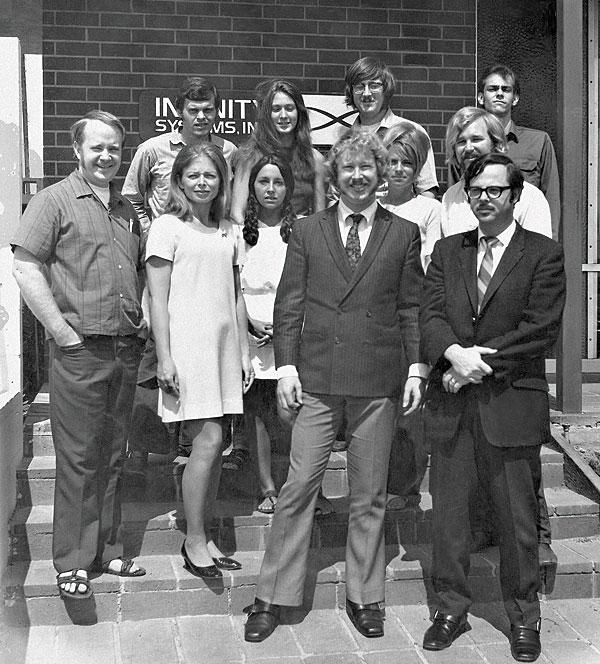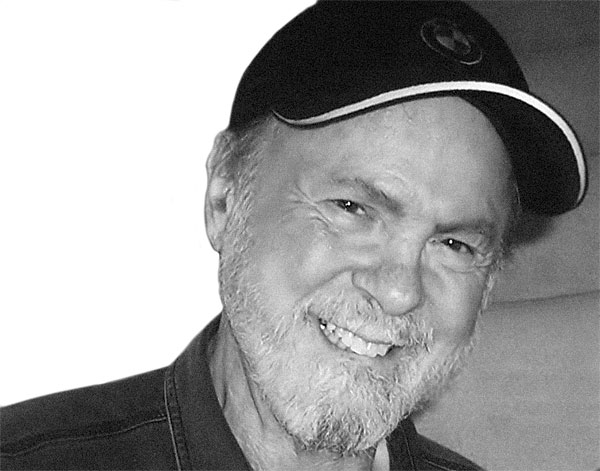| Columns Retired Columns & Blogs |
I still use some of their less expensive speaker that Robert Baird praised. I enjoyed a lot of music through them and only recently upgraded, so I have a warm spot in my heart for Infinity and their designer. So thanks Arnie!
Trey









































